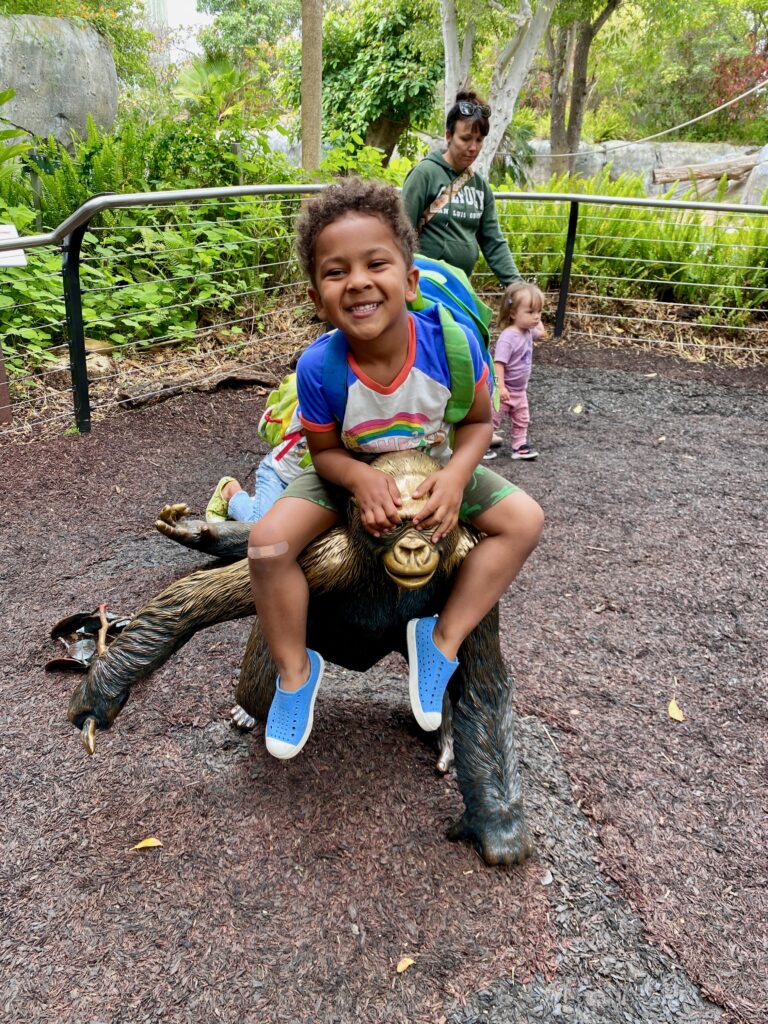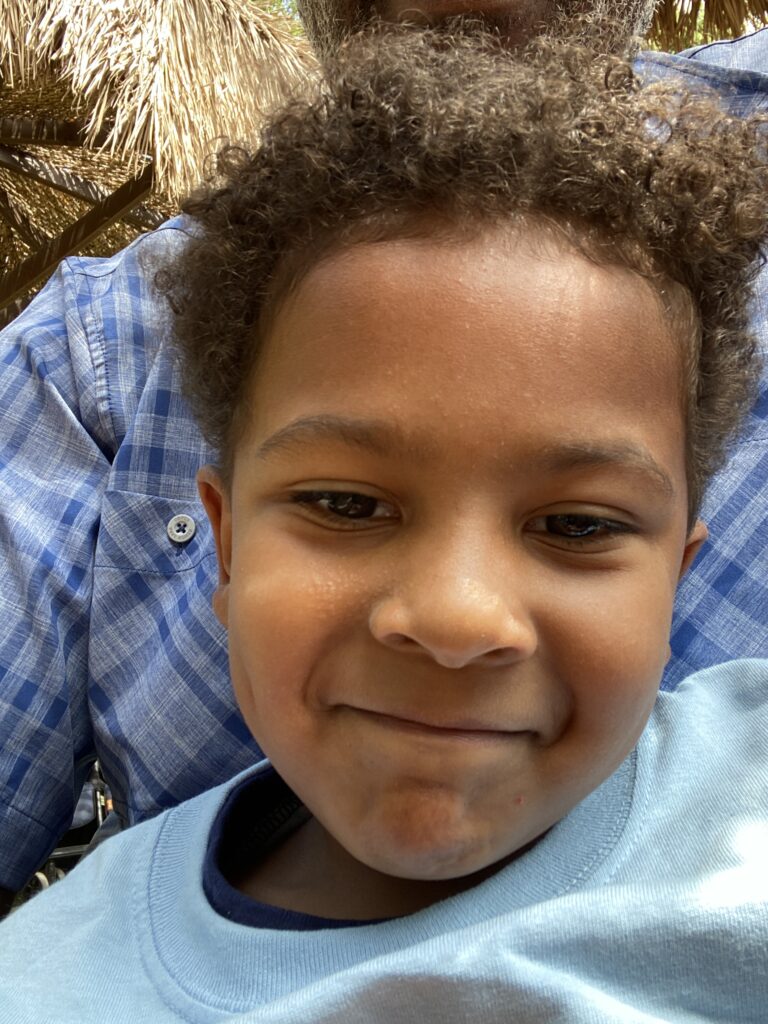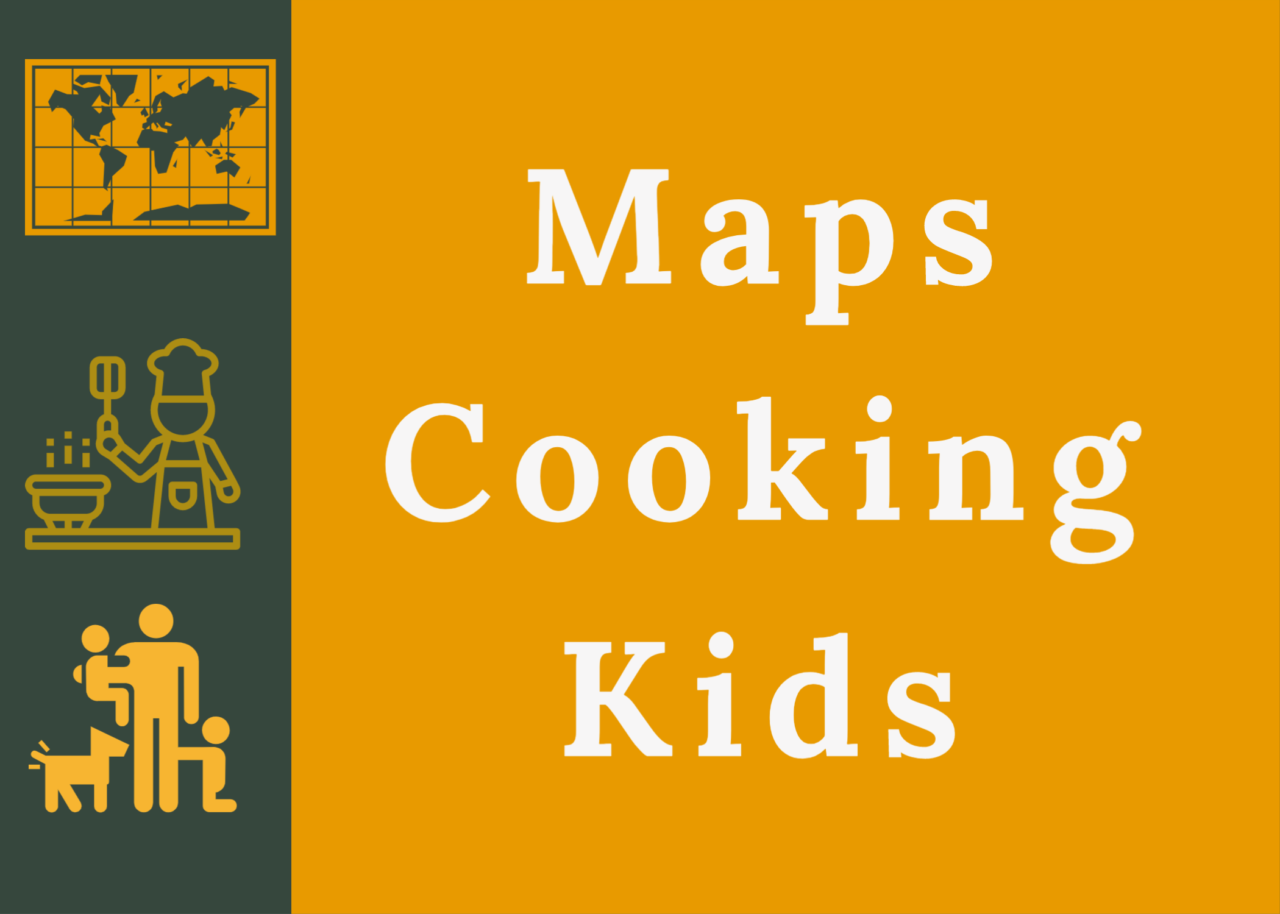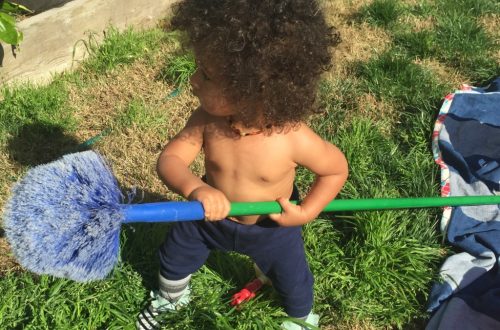
How to Teach Your Preschooler New Languages

There are many benefits to teaching young children new languages. In fact, research suggests that “learning a second language boosts problem-solving, critical-thinking, and listening skills, in addition to improving memory, concentration, and the ability to multitask,” according to the American Council on the Teaching of Foreign Languages. What’s more, the sooner parents start to introduce a new language to their child, the better.
Here are some ways you can teach your preschooler new languages to get a head start on their education and bilingualism.

- Make it Fun: FluentU.com suggests using your child’s imagination to your advantage. Sing songs, play games, tell stories and use puppets in your curriculum. In other words, don’t just read from a manual and/or flip index cards to teach your child a new language. Instead, have fun with them and make it spontaneous and engaging. Just remember to start small. Start with letters and numbers first, then build up to words and phrases.
- Use Real-Life Situations: Take the things your child does every day and integrate it into your teaching. For example, after using the restroom, your child washes his hands. So, create a song in French for washing their hands and use it every time. Before you leave the house, remind your child to put on his socks and shoes by telling him in Spanish, “Ponte los calcetines y los zapatos.” Repeating these daily routines in the language they are learning will help them learn basic vocabulary as well as important phrases in their new language.
- Make it Accessible: It’s easier to keep a child’s attention focused by using videos, books, and tangible items that they enjoy. There are a number of resources available online for teaching preschoolers a new language such as www.FluentU.com. You can utilize free sources from your local library or even create your own arts and crafts projects.
The Department of Education states, “Research shows that bilingual children have an easier time understanding math concepts and solving word problems; developing strong thinking skills; using logic; focusing; remembering and making decisions; thinking about language; and learning other languages.” If you’re homeschooling your preschooler, adding a new language into your curriculum can benefit your child’s overall education. By creating fun, real-life situations that are easily accessible and relatable to your child’s daily routine, you can make learning a new language simple, yet exciting and something they look forward to every day with you.
Do you teach a new language while homeschooling your preschooler? What resources have you found beneficial? Share your comments and suggestions with us. Please connect with us on Instagram @MapsCookingKids or on Twitter @MapsCookingKids. Until next time, Agape, be kind, and happy parenting!





